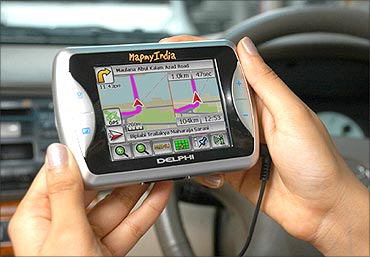
While Google Maps, Global Positioning Systems (GPS) or mapmyindia are increasingly used in India to locate unknown routes or places, there is little hope for people who get lost while walking around the sprawling malls and airports.
But this scenario is set to change with companies and enthusiasts picking up the idea of mapping malls, airports and city centres.
The idea struck an American who admits, "It was my wife's idea - she was six months' pregnant and she couldn't find a restroom in a big airport."
Click NEXT to read on . . .
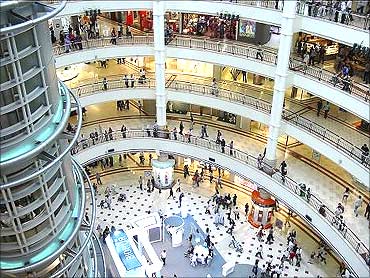
With indoor mapping, you no longer need to ask strangers for directions or search for a directory or wall map.
A number of start-up companies in the United States are charting the interiors of shopping malls, convention centres and airports to keep mobile phone users from getting lost as they walk around.
Click NEXT to read on . . .

Users see a floor plan of a shopping mall, for example, with stores indicated by name. Escalators, exits, restrooms and elevators are also marked.
FastMall has a search engine to help users find stores on its maps. Enter 'Banana Republic' and the service places a pin on the map to show the store's location.
Click NEXT to read on . . .
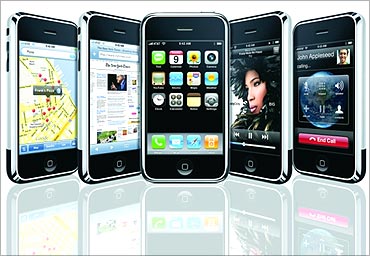
Most of the indoor mapping apps are free, like PointInside, FastMall and Micello, which work on the iPhone, iPod Touch and iPad. PointInside is also available for many Android phones.
As mobile Internet connectivity is not steady indoors, some of the services download their maps onto users' phones when they first check in on the service. If the connection later fails, the user still has access to the map.
Click NEXT to read on . . .
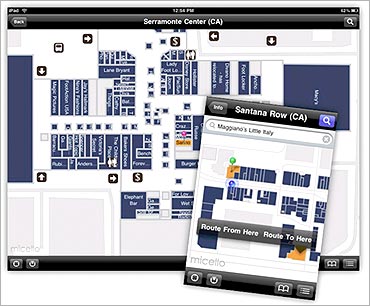
Others use maps that are already available online or they copy ones posted on mall directories (sometimes by taking photographs of them or by encouraging their users do so).
Ankit Agarwal, chief executive of Micello, an indoor mapping service based in Sunnyvale, California, has created a library of nearly 2,000 maps, most of them of American shopping malls.
Click NEXT to read on . . .

Inevitably, maps become outdated as stores close and new ones replace them. Since the mapmakers cannot possibly keep visiting each one, they rely on users to tell them that a map needs to be updated.
Some of the malls in India may even engage enthusiasts to produce own mobile phone applications to provide a more reliable floor plan to the shoppers as the Mall of America in Bloomington did to increase sales and traffic.
Click NEXT to read on . . .
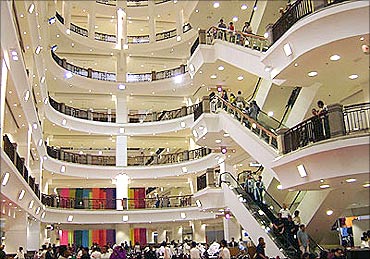
They are also interested in outdoor destinations like theme parks, zoos and urban shopping districts.
Click NEXT to read on . . .